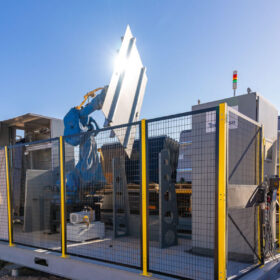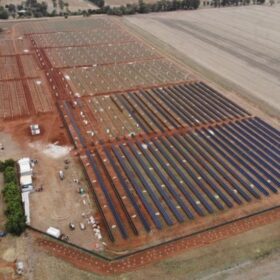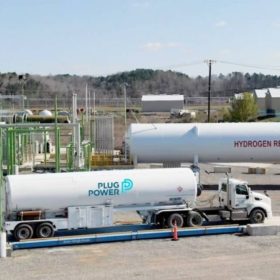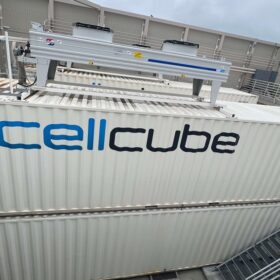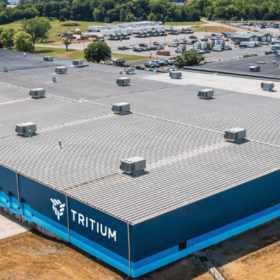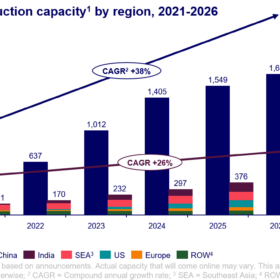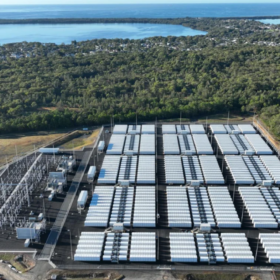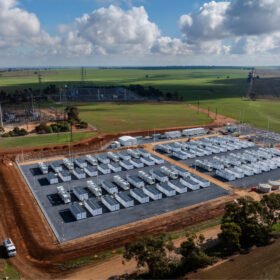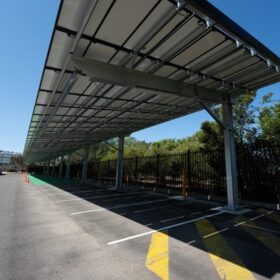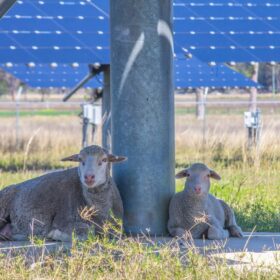Fortescue brings three projects to FID committing $1.1 billion
Fortescue has announced three projects – two in Australia and the other in the US – have reached final investment decision (FID). The company held its annual general meeting today, where members voted down its contentious executive pay policy.
Fortescue continues US expansion with new clean energy manufacturing plant
Australian mining and green energy major Fortescue has revealed plans to establish a new clean energy technology manufacturing plant in the United States as it looks to take advantage of America’s $565 billion (USD 369 billion) Inflation Reduction Act.
Watch: Robots install solar project in Arizona desert
In its first commercial project, United States-based solar technology company Terabase Energy has successfully installed 17 MW of a 225 MW solar facility with its automated Terafab platform.
Bison signs tracker supply deal for five Australian solar farms
Japan-headquartered renewables developer Bison Energy has signed a supply agreement with tracker manufacturer GameChange Solar that is to underpin the development of five Australian solar projects totaling more than 125 MW.
Plug Power shares collapse
Plug Power has issued a warning about its 2023 financial performance due to supply challenges in North America, while Air Products says it is cementing its collaboration with Chengzhi in China.
Solar-plus-storage outperforms diesel in US military survival analysis
The US Department of Energy’s National Renewable Energy Laboratory (NREL) has determined that Antora Energy’s solar-plus-storage system meets the US military’s stringent standards, as it significantly outperforms emergency diesel generators in survivability probabilities.
Tritium to take EV charger manufacturing operations offshore
Australian electric vehicle charger manufacturer Tritium will close its Brisbane manufacturing facility and move production to the United States in a bid to ensure its financial survival.
China expected to dominate solar manufacturing through 2026
A Wood Mackenzie report forecasts that China will hold more than 80% of poly, wafer, cell and module manufacturing capacity for the next three years.
ClearVue to add 82 kW of solar glass to greenhouse in California
ClearVue plans to install clear solar glass on a System USA greenhouse in California, adding 82 kW of power.
New survey shows ‘massive’ increase in PV module microcracks
A new study from Clean Energy Associates (CEA) shows that 83% of sites tested as part of a global survey had line cracks, 78% had a soldering anomaly and 76% had complex cracks. The survey involved visual inspections combined with electroluminescence testing across 148 sites in 16 countries.


